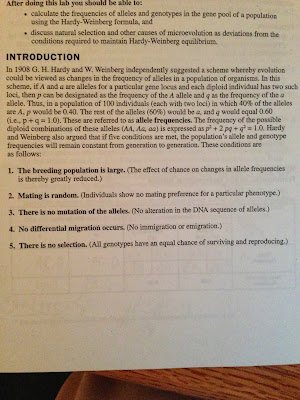Human
life starts with 46 genes, 23 of them are passed from the father and the other
23 from the mother, these genes help build proteins that build the human body. These genes act as an active network, and each
gene does multiple tasks, not just one, when some genes are removed the other
genes help to compensate for these removed genes.
It
was believed that evolution happens when mutation in genes occurs randomly, but
this phenomenon is rare because there are cells that proofread the process of copying
genes, and errors rarely happen. That means that evolution has to take a long
time and is not random.
Nobel-prize
winning scientist, Barbara McClintock found that corn genes mutated faster when
the corn was under stress like drought or extreme heat. This process of
mutation is called “jumping genes”, in this process the cell suppresses the proofreading
cells so mutation will occur. These mutations were passed on. McClintock also
found that mutations under stress happened so fast because the cells were
fighting for survival.
Future
study of human genes found that a huge percentage of human DNA is related to
viruses, it is also believed that these viruses contribute to human evolution. Additionally,
jumping genes phenomenon occurred in these viruses which is called retrotransposons, there
is also another kind of jumping genes called DNA transposons. Both of these
tranposons contribute to the rapid evolution of humans.







